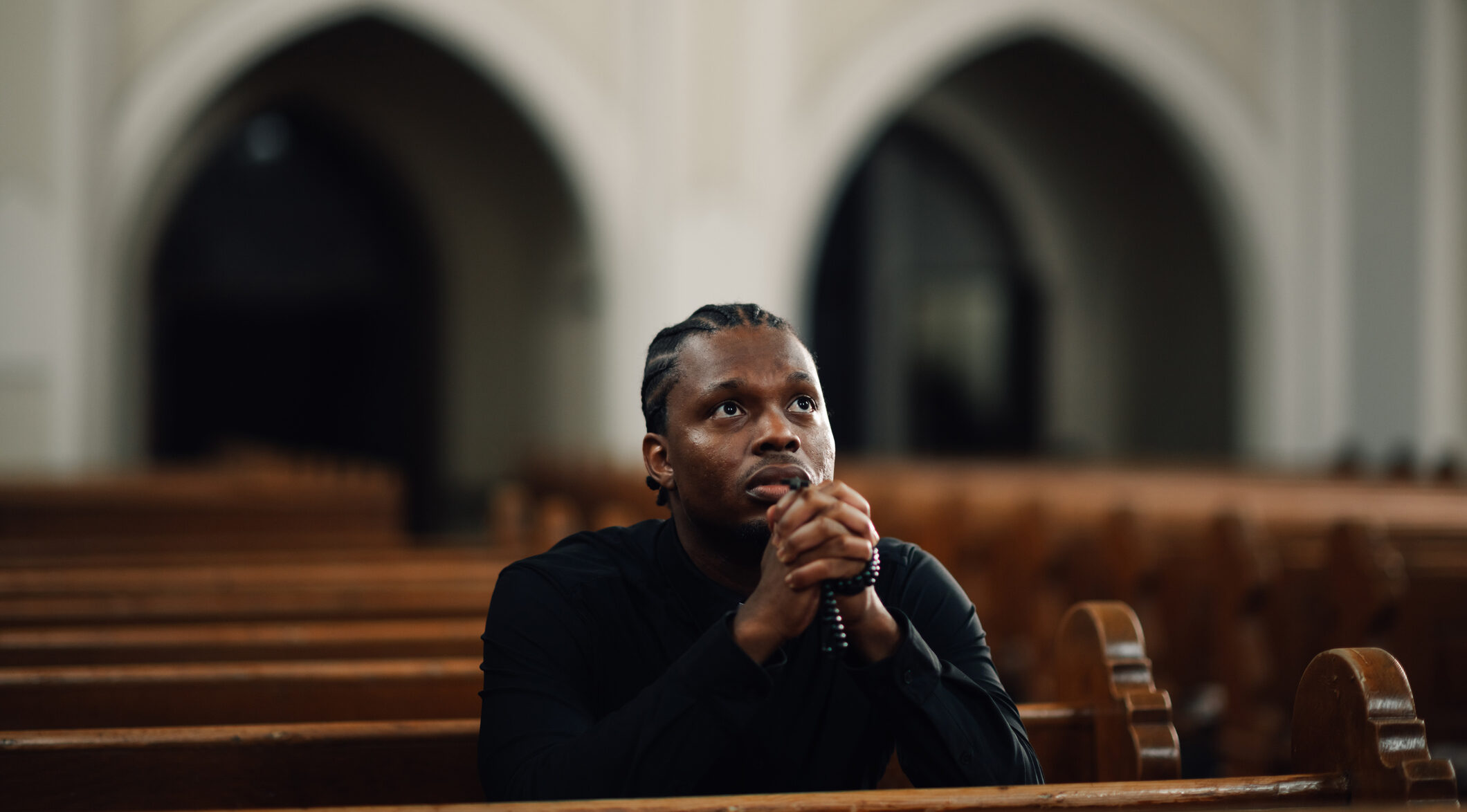Christmas is the second highest attended church service in America, with one study by eChurch finding that average attendance rates climb from 18% (on any normal Sunday) to 47% during Christmas week. Pew Research found that even the number of Google searches for the word “church” spikes substantially near Christmas.
It’s getting close to that time of year again. Time for angel trees and nativity scenes; time for “Hark the Herald Angels Sing” and Advent candles. But for many in our community, that also means “Santa Claus Is Coming To Town.” So how can church leaders balance the sacred and the secular during Christmas season, in order to reach the most people possible?
Here are 3 things for churches to keep in mind as the holidays draw near.
1. Acknowledge that Christmas has always been intermingled with the secular.
Even from the early days of the Christian celebration of Christmas, the holiday was blended with some pagan traditions. Early Christians chose December 25th as the day to commemorate Jesus’ birth in order to align with the Roman celebration of the winter solstice, a festival to celebrate the lengthening of days after the literal darkest days of the year. Even more simple traditions such as Christmas wreaths have ties to Roman gods, with many kings and emperors wearing them to symbolize the power and strength of their sun god, Apollo.
Over the centuries, traditions have changed and been adapted, with many Christians finding religious reasoning behind various traditions. The wreath for example, became known in 17th century Germany as a representation of God’s love, with no beginning or end.
It’s easy to get overwhelmed with consumerism and never-ending traditions around the holidays, but remembering why we celebrate Christmas and reminding our churches of that can bring some peace to the craziness. Though for many people, Christmas will never be a pure celebration of Jesus’ birth, re-finding the focus of Jesus at the center will help keep your church grounded and remind your visitors what your church is all about.
2. Remember Advent.
When many think of Advent, they think of the little calendar sitting on the table with a piece of candy or some other goodie behind each numbered door.
Advent in the church is a time for prayer – a time for preparation for the coming of Jesus’ birth. As a child, I remember the beauty and joy I experienced on the Sundays leading up to Christmas in the lighting of Advent candles. Even as a kid, I recognized that this was a time to remember what it was like for the Jews, expectantly anticipating the Messiah.
The Advent season is a great time for your church to enjoy numerous Christmas events and traditions such as caroling and decorating cookies, but it’s too important of a season for us to enter into lightly. Not only is it a time to remember the waiting for the Messiah, it’s a time to be introspective and to recognize our own need for Jesus in our lives – to remember that we are again expectantly anticipating his return. Check out this prayer calendar we put together to help guide you and your church during the Advent season.
3. Give back.
Though giving back is a common theme around Christmas time both in the secular and the church world, focusing on this theme will be invaluable to your church and the individuals in it. It’s easy for us all to get caught up in Christmas sales, buying the perfect gift for our spouse, or making sure we’ve got all the details of the ski trip worked out. Take intentional time to give back, in your community, in your church, and in your family.
This can look different for everyone. Maybe your church wants to organize a Christmas dinner for a homeless shelter or perhaps write notes to U.S. troops abroad. Whatever way you decide to give back and show love this holiday season, make it an event that everyone in your church can participate in and express their love outwardly.
Through all the busy-ness of Christmas, take time to remember the joy of anticipation that we are blessed with experiencing. Though the lines between sacred and secular can easily become fuzzy for many, finding joy in our God should stay at the forefront. It’s the responsibility of church leaders like you to keep pointing back to Jesus for all to see.
How do you stay focused and help others focus on Christ during this season?


